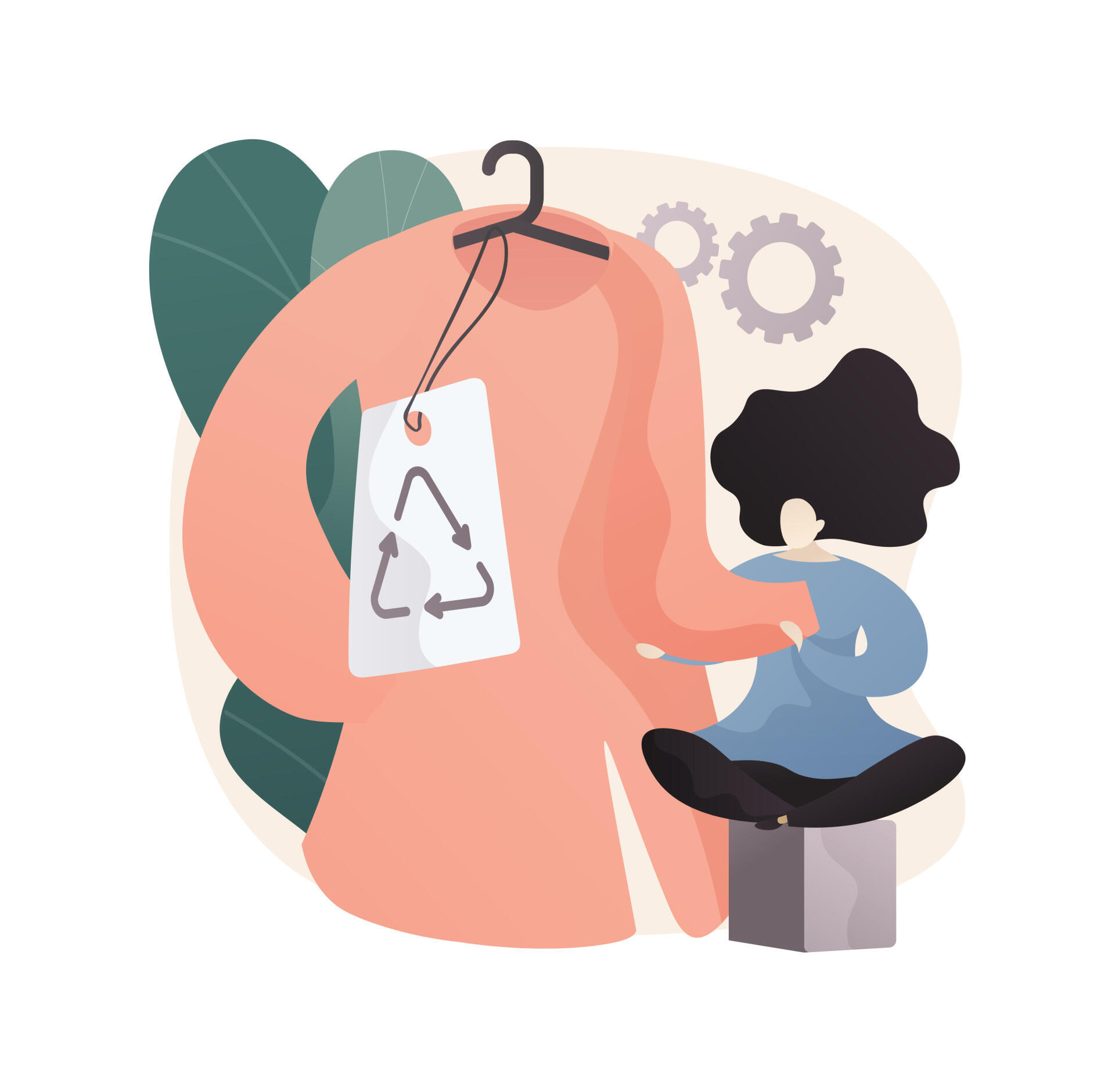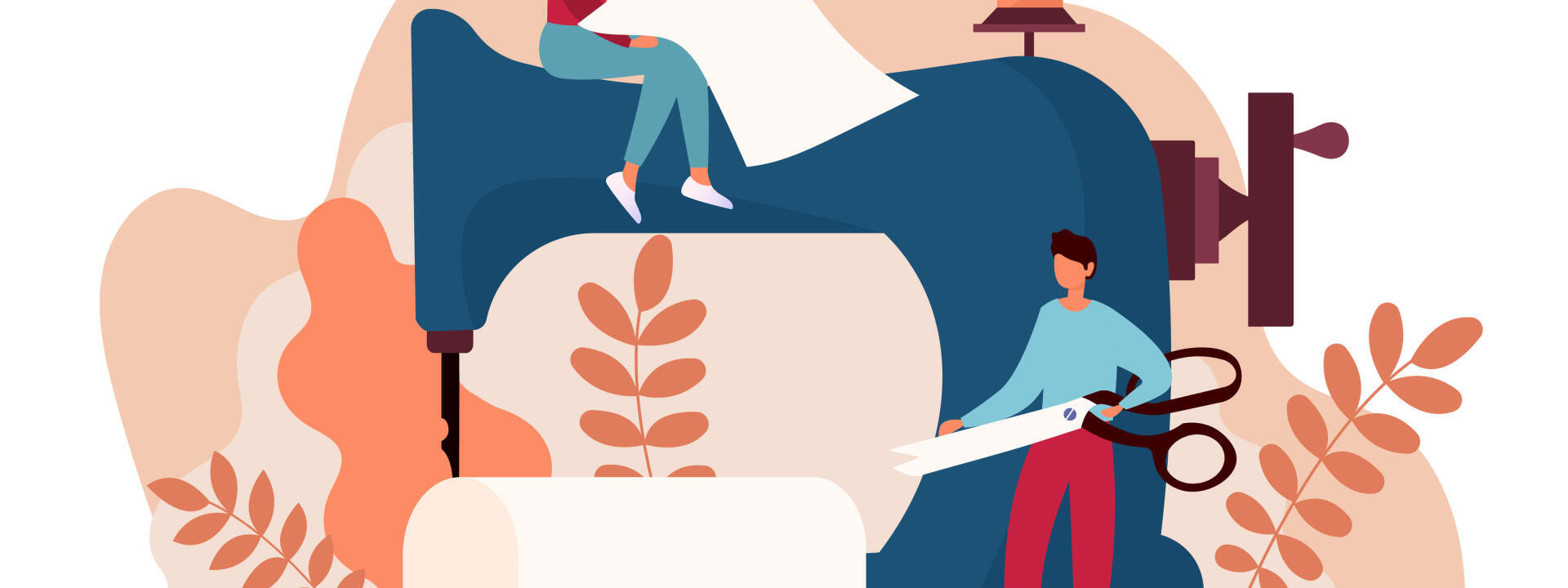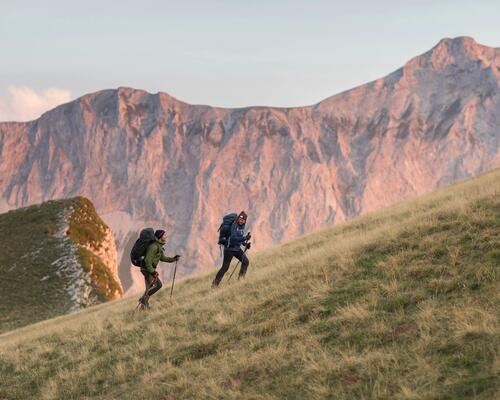Garment life cycle: a complex journey
It is difficult to evaluate precisely the distance travelled by a garment as the production and distribution channels vary so much, depending on the brand, the country and the type of product. There are many parameters that modify this final distance. One thing is certain, however: transport is present at every stage of a garment's life cycle.
Concretely, here are the four main sequences in which a garment will move:
🧵 Between the place of extraction and the place of transformation into fibre.
This involves transporting the raw material to the factory where it will be made into textile. This is for example, the journey from the cotton field to the spinning mill. Or between the oil well and the factory that uses it to produce synthetic textile, such as polyester.
🏭 Between the production of fibres and the manufacture of the garment. This time, the raw textile (the spools of cotton yarn, balls of wool, rolls of polyester, etc.) are transported to the factory that makes the actual garment.
🏬 Between the place of production and the place of sale. This is the distance travelled between the last factory and the shop where we buy our clothes.
🗑 Between the first user of the garment and the moment when the garment itself ceases to exist. This refers to the kilometres travelled by a garment that is being disposed of. There are various options: the garment goes to the bin (to a landfill); to recycling (to a sorting centre); to second hand (to a new user); or to donation (to an association and its beneficiaries). Depending on the case, a few kilometres are added... or thousands (when the donated garment is sent to a distant country).
It should be noted that intermediate stages are frequent, even systematic. Thus, the single stage of manufacturing may take place in different places: cutting of the garment parts in one factory; assembly in a second; "finishing" (bleaching, dyeing or printing of the textile) in a third... Sometimes these intermediate stages take place... in different countries. The distribution phase also includes various intermediate stages: packaging location; storage location; logistics warehouse; shop; post office if the garment was ordered on the internet, etc.









